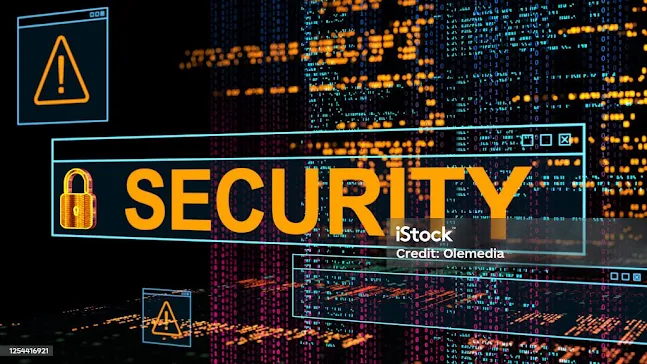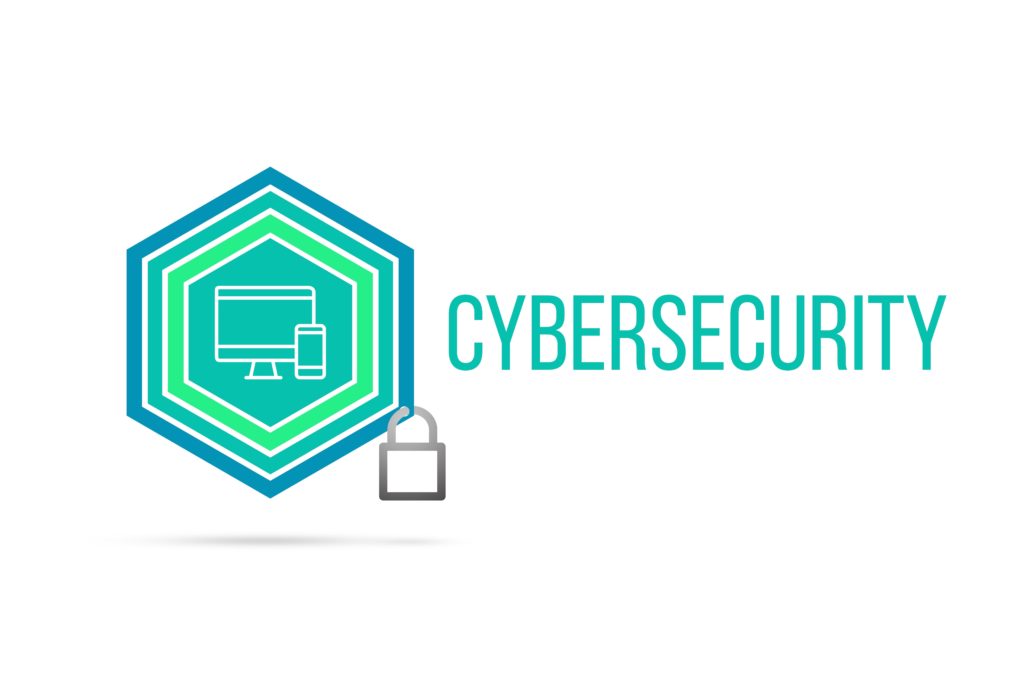What are the 4 types of cyber attacks
In today's digital age, cyber attacks have become a significant threat to individuals, organizations, and even governments. These unlawful attempts to gain unauthorized access to computer systems can result in devastating consequences, including data breaches and financial losses. It is crucial to understand the different types of cyber attacks and take necessary measures to protect ourselves and our businesses.
Understanding Cyber Attacks
A cyber attack is an intentional and unlawful act aimed at compromising the security of a computer or computer network. Cybercriminals employ various techniques to gain unauthorized access to sensitive information, disrupt operations, or cause damage. Let's explore the four most common types of cyber attacks:

Malware-based attacks: Malware, short for malicious software, is designed to infiltrate computer networks and cause harm. There are several variations of malware, including ransomware, spyware, keyloggers, trojans, and viruses. Ransomware encrypts files and demands a ransom for their release, while spyware spies on your activities and collects sensitive data. Keyloggers track your keystrokes, enabling hackers to steal valuable information like passwords. Trojans hide within legitimate software, tricking users into downloading and installing them. Viruses infect files and programs, replicating themselves and causing damage.
Phishing attacks: Phishing attacks involve fraudulent emails, texts, or phone calls that impersonate trusted sources, such as banks or well-known companies. The goal is to trick individuals into revealing their personal information, such as passwords or credit card details. Spear phishing is a targeted form of phishing that specifically targets individuals or organizations, while whaling focuses on high-profile individuals like CEOs. Angler phishing attacks exploit social media platforms, pretending to be customer service accounts of well-known companies.
Man-in-the-middle attacks: In a man-in-the-middle (MitM) attack, hackers intercept communication between two parties to eavesdrop or alter the messages. This type of attack is most common when using public Wi-Fi networks, where hackers can easily intercept data. By capturing usernames, passwords, or other sensitive information, hackers can gain unauthorized access to accounts or sensitive data. MitM attacks can also involve impersonation, where hackers pretend to be one of the parties involved in the communication.
Denial of Service (DoS) attacks: Denial of Service attacks aim to disrupt the availability of a computer system or network by overwhelming it with excessive traffic or requests. This flood of traffic makes the system unable to respond to legitimate requests, effectively rendering it inaccessible to users. Distributed Denial of Service (DDoS) attacks are similar but involve multiple compromised devices, forming a botnet that simultaneously attacks the target. These attacks can disrupt online services, cause financial losses, and damage a company's reputation.
Protecting Against Cyber Attacks
Now that we understand the four types of cyber attacks, it is essential to take proactive steps to protect ourselves and our businesses from these threats. Here are some measures you can implement:

Install and update security software: Use reputable antivirus and anti-malware software to protect your devices from malicious software. Regularly update these programs to ensure they can detect and defend against the latest threats.
Be cautious of suspicious emails and messages: Exercise caution when opening emails or messages from unknown senders. Avoid clicking on links or downloading attachments unless you verify their legitimacy. If something seems suspicious, contact the purported sender through official channels to confirm its authenticity.
Secure your network: Use strong, unique passwords for your Wi-Fi network and regularly update them. Enable network encryption (WPA2 or higher) to protect your wireless communications. Consider using a virtual private network (VPN) when accessing public Wi-Fi networks to encrypt your data and protect against MitM attacks.
Regularly backup your data: Create backups of your important files and data regularly. Store these backups in a secure location or use cloud storage services for added protection. In case of a ransomware attack, having backups ensures you can restore your data without paying the ransom.
Stay informed about cybersecurity best practices: Educate yourself and your employees about cybersecurity best practices. Regularly review and update your knowledge to stay ahead of evolving threats. Implement employee training programs to raise awareness about phishing attacks, password security, and other common vulnerabilities.
Use strong and unique passwords: Avoid reusing passwords across multiple accounts. Use strong, complex passwords that include a combination of uppercase and lowercase letters, numbers, and special characters. Consider using a password manager to securely store and generate unique passwords for each account.
Keep your software up to date: Regularly update your operating system, applications, and plugins to patch any security vulnerabilities. Enable automatic updates whenever possible to ensure you have the latest security patches.
Monitor your accounts and credit: Regularly review your financial accounts and credit reports for any suspicious activity. Set up alerts for unusual transactions or changes to your accounts. Report any unauthorized activity immediately to your financial institution.
By implementing these measures, you can significantly reduce the risk of falling victim to cyber attacks and protect your sensitive information.
Conclusion
Cyber attacks pose a significant threat in today's interconnected world. Understanding the different types of cyber attacks and taking proactive measures to protect yourself and your business is crucial. By staying vigilant, keeping your software up to date, and following best practices, you can minimize the risk of falling victim to cybercriminals. Remember, cybersecurity is an ongoing effort that requires constant monitoring and adaptation to emerging threats. Stay informed, stay prepared, and stay safe.





.jpg)